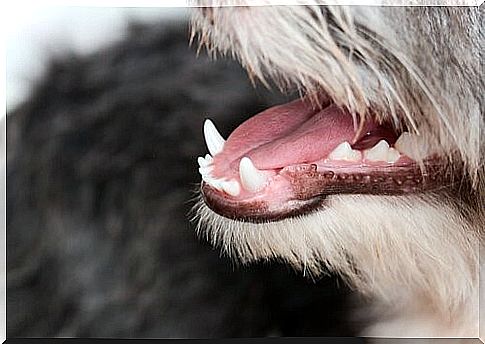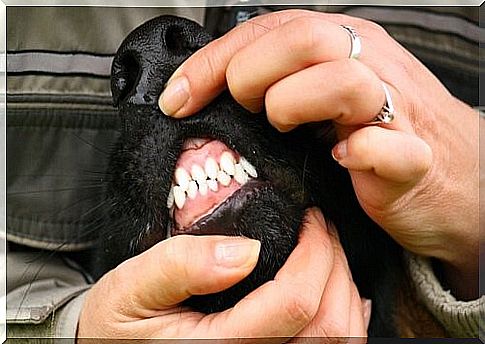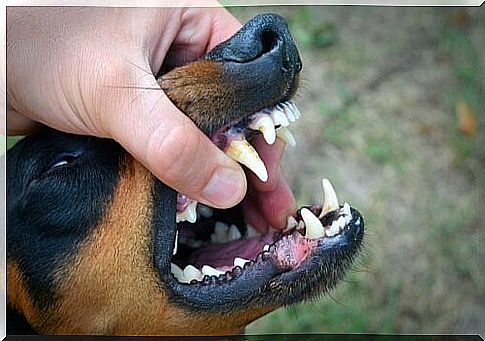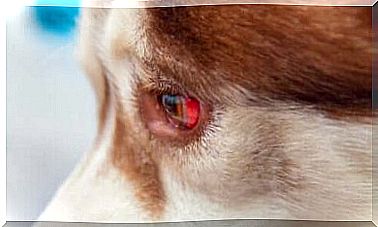The Color Of The Gums Tells Us A Lot About Our Dogs

Good oral hygiene is important to your dog’s health. There are many diseases that can be transmitted orally, so it is necessary to monitor your pet’s mouth. The color of dogs’ gums can tell a lot about their health. We’ll tell you everything you need to know about it.
Interesting facts about the color of dog gums
Before you can figure out what the color of the gum is giving away, you need to know how to examine it and find out the color. We’ll give you a few tips here:
- Find out what color the gums are when the dog is healthy. Every dog can have a different color of gums. If he has a disease or a lack of nutrients, the tone will vary. So don’t wait until your dog is sick. Find out what color his gums are before something happens.
- Then regularly check for possible changes. The gums don’t have to be white to indicate problems. A slightly lighter color can reveal a lot.
- Check for any stains. Some dogs have small brown spots on their gums and tongue. Do not be afraid, this is normal. You have to be careful if he never had spots and these suddenly appear. It is therefore necessary that you know your animal’s gums very well.
- As a general rule , gums that are not sick should be moist and smooth with no bumps, while those of a sick dog are rough, dry, and sticky.

Once you have a thorough understanding of the condition and color of your dog’s gums, you should know what happens when they change. There are different tonalities it can have, each of which has a different meaning.
What does healthy gums look like?
When blood pressure is correct and nutrients and vitamins are met, the gums are usually pink in color.

The color of dog gums
There are different colors that dog gums can be:
- White gums. When your dog’s gums turn this color, it can mean several things: anemia, intoxication, babesiosis. None of these diseases are fatal if treated in a timely manner. So if you see a change in the color of your dog’s gums, don’t hesitate and go to the vet urgently.
- Pale gums. If it’s pale (not necessarily white) it could indicate internal bleeding, bruises, low blood pressure, or other illnesses. Go to the vet quickly.
- Intense red. If you see your dog’s gums becoming very discolored, he or she may experience heat stroke. You have to act quickly to prevent dehydration!
- Yellow gums. This means jaundice, an increase in bilirubin, which is not serious but also not normal, so it is necessary to see the vet.
- Blue gums indicate a lack of oxygen in the blood . See your vet right away as it could be a sign of a stroke or aneurysm.
As you can see , the color of a dog’s gum can tell you quite a bit about the animal’s health. You should therefore know the normal color and check your dog’s gums regularly to see any changes quickly.









